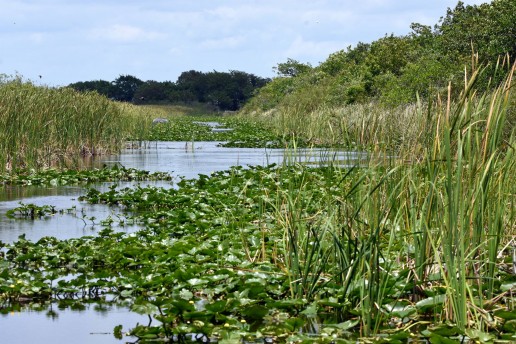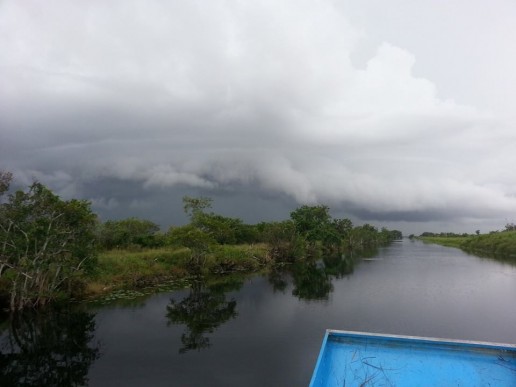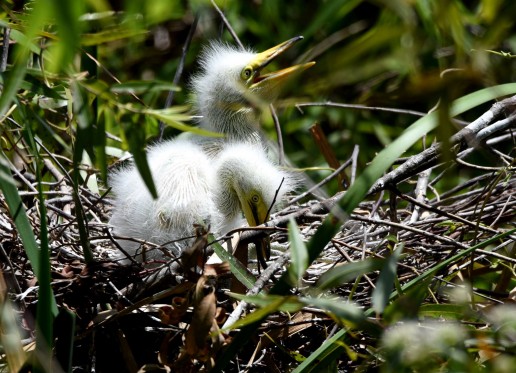The Florida Everglades is a one-of-a-kind environment. But, this is largely due to the fact that Florida is the only state in the continental United States closest to the Tropics. This location makes us both the envy of people living in the blizzard-prone, northern states as well as a coveted winter vacation destination by them.
It’s easy to see why: Florida’s sub-tropical climate lets both residents and visitors alike relax along its many beaches or enjoy the excitement of airboat rides year-round. But the Florida Everglades doesn’t really have four seasons.
Sounds strange, right? We can explain.

You may recall from science class that the tilt of the earth and its rotation around the sun change the amount of sunlight and heat we get throughout the year, giving us four seasons: spring, summer, autumn, and winter. As we mentioned earlier, Florida’s location being closer to the equator means that it stays warmer on average than other states. Because of Florida being in this fortunate position, the Everglades experiences only two seasons a year.
If you are guessing which ones they are, no, the two seasons are not spring and summer, or even spring and autumn. In fact, differences in sunshine and temperature are not the biggest overall signs of changing seasons in the Everglades. Changes in water levels during the year are what determine which season that the Everglades is currently in.
Everglades Rain Season, Everglades Dry Season

From the middle of May through November, the Everglades experiences heavy rainfall, known as the wet season. Moving into December on through April, there is little to almost no rain, which is known as the dry season. While these two very different seasons sound extreme, the Everglades wildlife treats it like we would a calendar.
The dry season is the peak of bird activity in the Everglades. Migratory birds wait out the cold, northern winds and eventually chase them back home as the temperature rises. The native Florida wading birds use the low water levels to make nests, making dry season and their hatching season one in the same. During the wet season, the alligators, turtles, and frogs nest and hatch, as the wading birds teach their young to hunt.

The incredible biodiversity of the Florida Everglades allows you see it thriving at any time of year. With that said, what would you want to see there? You can plan your journey to Mack’s Fish Camp by clicking here.
